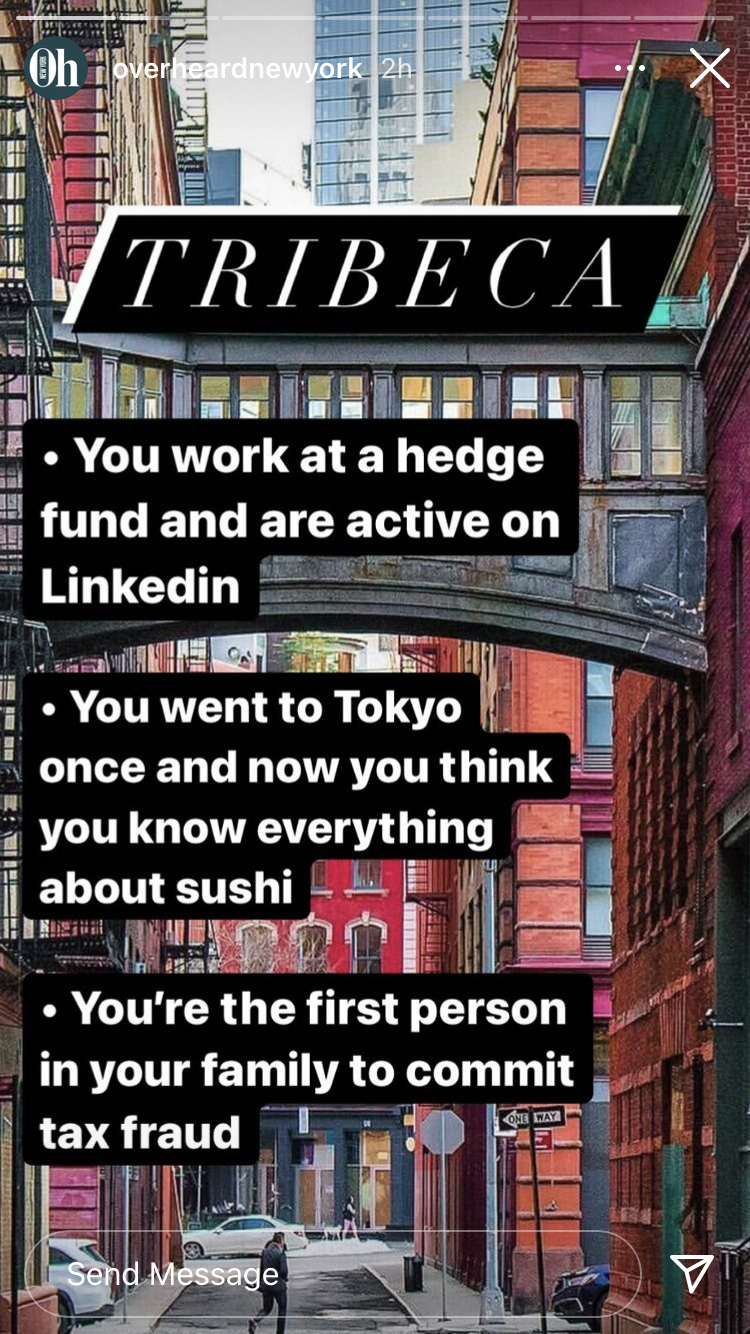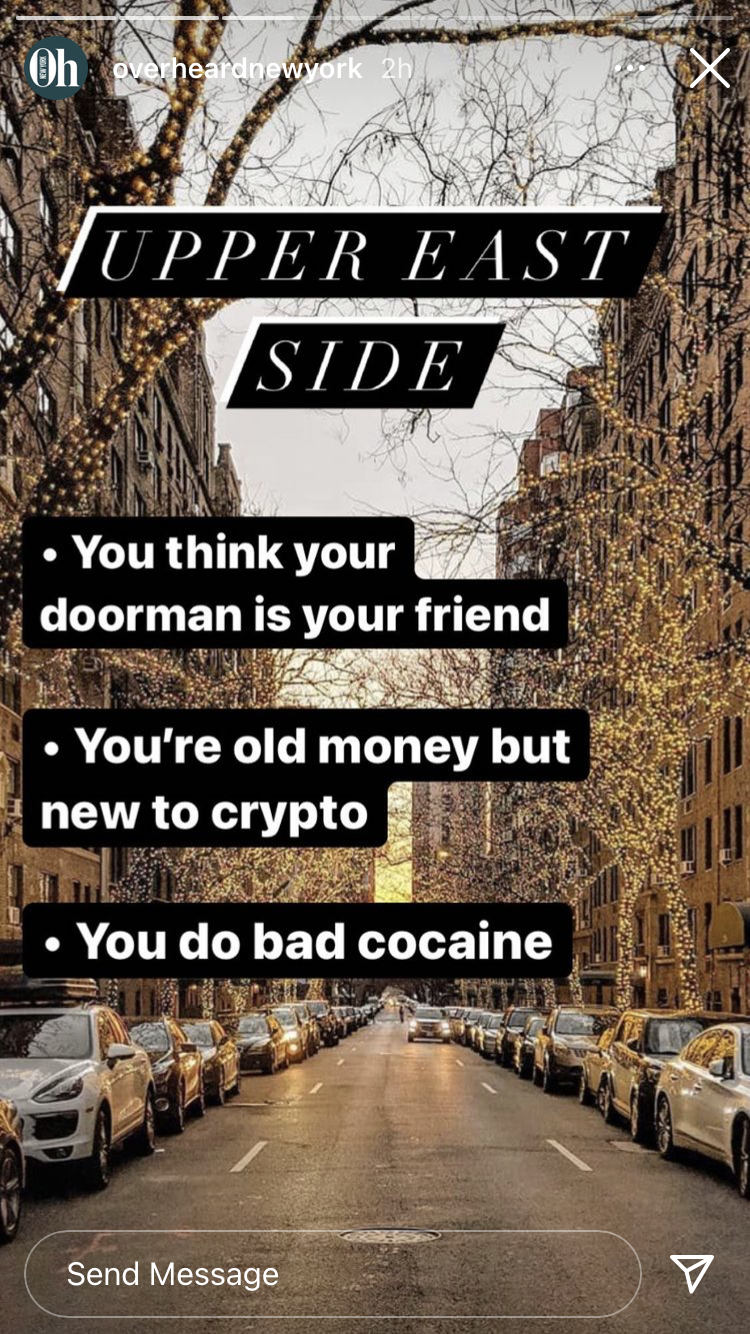Self-fulfilling Prophecies
Places as brands
What comes to mind when you hear Marais, Paris? Mission District, San Francisco? Harajuku, Tokyo? What does it mean when a style feels very Berlin vs. Milan?
You probably have a certain visual that instantly pops up—it could be a landmark building or a scene from that famous movie or a person you know from that city. And if you have ever been to the place, you might think of a smell, sound, or even the chilly air on the rainy day you walked its streets. Individual associations with a place are heavily subjective as they’re based on personal experiences and exposures to that place. But when you think about a place’s identity, it is a collective memory that is made up of its history, culture, politics, and built environment (and many other factors). The cumulative character of a place is its brand that tells a story and stands for something just as wearing a Supreme sweatshirt will say something about who you are or you prefer to buy an Android phone over Apple.
Urban neighborhoods have distinct and evolving brands that are often used to stereotype the people that live in or visit the neighborhoods e.g., a true New Yorker would never be caught in Times Square. The images here show an Instagram account’s sarcastic take on NYC neighborhood characterization. [1]
Magazine B does deep dives on a brand each issue and cities are featured as a brand. [2]
Borrowing places
SoWa, short for South of Washington Street, is a neighborhood in Boston. Sound like something else? Yes, it’s purposefully branded to sound like SoHo in NYC. There is a resemblance in neighborhood history in that they’re both post-industrial neighborhoods that changed courses as artists moved into once-manufacturing spaces to use for work-live studios. The difference is that SoWa is owned by one developer who had a vision to make it into an art district like SoHo, hence deliberately borrowing from SoHo’s brand. (Sharon Zukin writes about SoHo’s history and how it became what it is today in her famous book “Loft Living.”)
It’s not surprising that places use other places to describe themselves. It gets the point across quickly. You might have heard people comment on neighborhoods like “This neighborhood is like 5th avenue—you can shop all the fancy brands here” or “We’re the Brooklyn of our city.” The downside of this borrowing of sense of place is a placelessness or sameness that results from the copy-and-paste branding. Popular critics have pointed this out with terms like Brooklynization and AirSpace, and as identity crises. (And in thinking about this phenomenon I was reminded of conversations I used to have with colleagues at branding agencies about the sameness of design and the parallels of branding and urbanism once again.)
And as cities strive to stay competitive and reach their economic development or tourism goals, they, too, deliberately brand themselves on the city scale through advertisements at airports, city logos and slogans, etc. I’ll be exploring this deeper on a following post.
Back to borrowing of places—place-brands are used to support brand-brands’ stories, too. Emphasizing an origin or neighborhood locality helps brands borrow from the culture that place represents. It helps companies show how cool they are by having their shop in a certain hip neighborhood and it also demonstrates values that the place and company share.
SoWa’s website landing page [3]
Businesses like hotels showcase their locations’ neighborhood culture to help market the appeal of their locations. [4]
Shinola prides its origin in Detroit and has editorial content on Detroit. [5]
Aspirational names
All apartment complexes in Seoul have a name, usually a combination of the developer and a unique describer. I find some of the names fascinating: Royal Palace, Mido Mansion, Lotte Castle, I’Park, Central Park Harrington Square, Brownstone, River Park, Hill State. First of all, these names rarely actually describe the building because they are not palaces or castles. They’re concrete apartment buildings. (Although, some have design details that are an ode to Baroque, European architecture.) I feel like this is explicit place branding at its finest.
A recent documentary I watched on the evolution of cities in Korea showed how post-war Seoul started out with low-density housing that were variations of the traditional han-ok. These houses were 1-2 story buildings all built right next to each other. The housing stock quickly became saturated and apartments were introduced to alleviate the problem. But people weren’t used to “living in a box” in towers that seemed inconvenient, so the government and developers had to market the apartments as desirable living spaces.
Samsung Royal Palace Housevill in Bundang, Korea, a satellite city of Seoul
The Pantheon, an mixed-use building, mostly residential, across the street from Royal Palace
The documentary didn’t touch upon the apartment names but I think the fancy labels branded apartment living as an upgrade from existing housing options. The two examples on the left are buildings in a satellite city adjacent to Seoul, Bundang. This city was developed to help with de-densifying Seoul and to provide better living conditions for residents. My hypothesis is that these grand names were part of marketing plans to attract Seoulites in the beginning stages. Now, with apartments everywhere in Seoul and beyond, the names act as a tool to stand out.
Place branding will always exist, especially in new developments because the developers need to create a lifestyle image that people would want to live, work, and play in. And as societal values about urban life change, the branding will follow (or lead, depending on your perspective). I started to notice this as I was introduced to alternative housing trends in Seoul.
People are craving a sense of community, wanting to get to know their neighbors and to share public space for communal activities. I increasingly felt this desire as I talked to local urbanists in Seoul, who reminisced about the days when they always had their doors open and would go into the next door neighbor’s fridge for an after school snack. And through them, I learned about the new types of housing that emphasize physical and societal space for community. For instance, WeStay, is an apartment complex that is owned and designed by resident-owner cooperative, D-Well House, a coliving space for “changemakers” that has communal activities and space. Local Stitch is another “coliving space for city creators” that adaptively reuses old buildings. The names and messaging these places send out reflect the experiences the residents value — living together in places that you would want to live in. You can already see the shift in type of aspirations people have in the built environment. And if place-branding is a kind of self-fulfilling prophecy, I think we’re headed in a good direction.
[1] OverheardNewYork. Instagram, January 19, 2021. Accessed January 19, 2021. https://www.instagram.com/overheardnewyork/?hl=en.
[2] "MAGAZINE B." MAGAZINE B. Accessed February 27, 2021. http://magazine-b.com/en/about/magazineb/.
[3] "Explore Your Creative Side. Explore SoWa." SoWa Boston. Accessed February 27, 2021. https://www.sowaboston.com/.
[4] "Stay At Our Hotel in NYC: The Hoxton, Williamsburg." The Hoxton. Accessed February 27, 2021. https://thehoxton.com/williamsburg/.
[5] "Planning a Trip to Detroit? We've Got You Covered." Planning a Trip to Detroit? We've Got You Covered. | The Journal. Accessed February 27, 2021. https://www.shinola.com/thejournal/planning-trip-detroit-we’ve-got-you-covered.



![Magazine B does deep dives on a brand each issue and cities are featured as a brand. [2]](https://images.squarespace-cdn.com/content/v1/5edd47c42cb3cc498e22f7b7/1614402951722-YOGUVJ2SI1Y5FO7N00RK/Screen+Shot+2021-02-20+at+9.41.38+PM.png)
![SoWa’s website landing page [3]](https://images.squarespace-cdn.com/content/v1/5edd47c42cb3cc498e22f7b7/1614403177025-KCR48WV8XUJ47SMWE2ZF/Screen+Shot+2021-02-26+at+10.55.21+PM.png)
![Businesses like hotels showcase their locations’ neighborhood culture to help market the appeal of their locations. [4]](https://images.squarespace-cdn.com/content/v1/5edd47c42cb3cc498e22f7b7/1614403433884-1047KBXQNQAPVC95F5CJ/Screen+Shot+2021-02-20+at+10.04.56+PM.png)
![Shinola prides its origin in Detroit and has editorial content on Detroit. [5]](https://images.squarespace-cdn.com/content/v1/5edd47c42cb3cc498e22f7b7/1614403545515-02Q4MAHN58IDIE9LNK0F/Screen+Shot+2021-02-26+at+11.29.40+PM.png)

